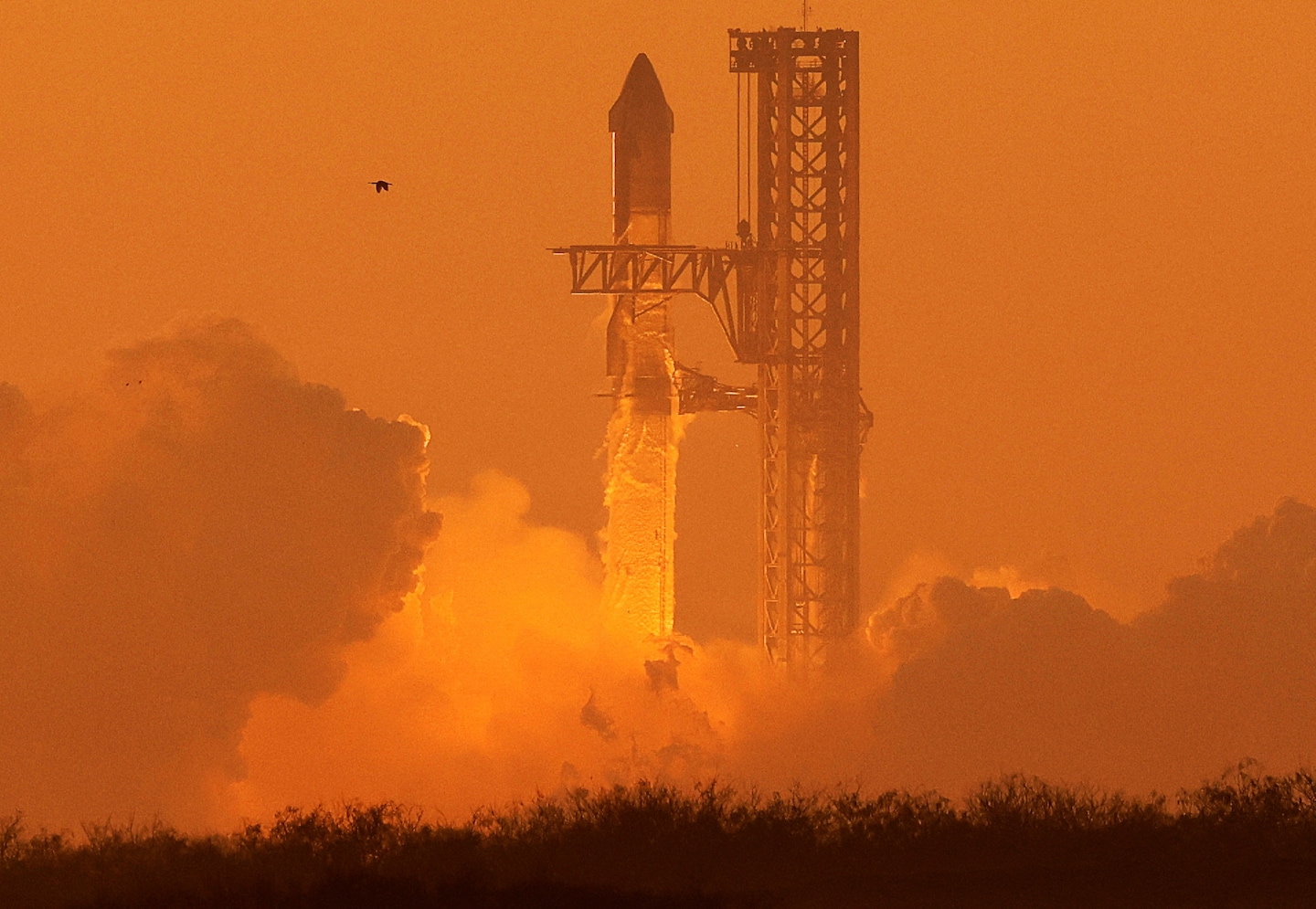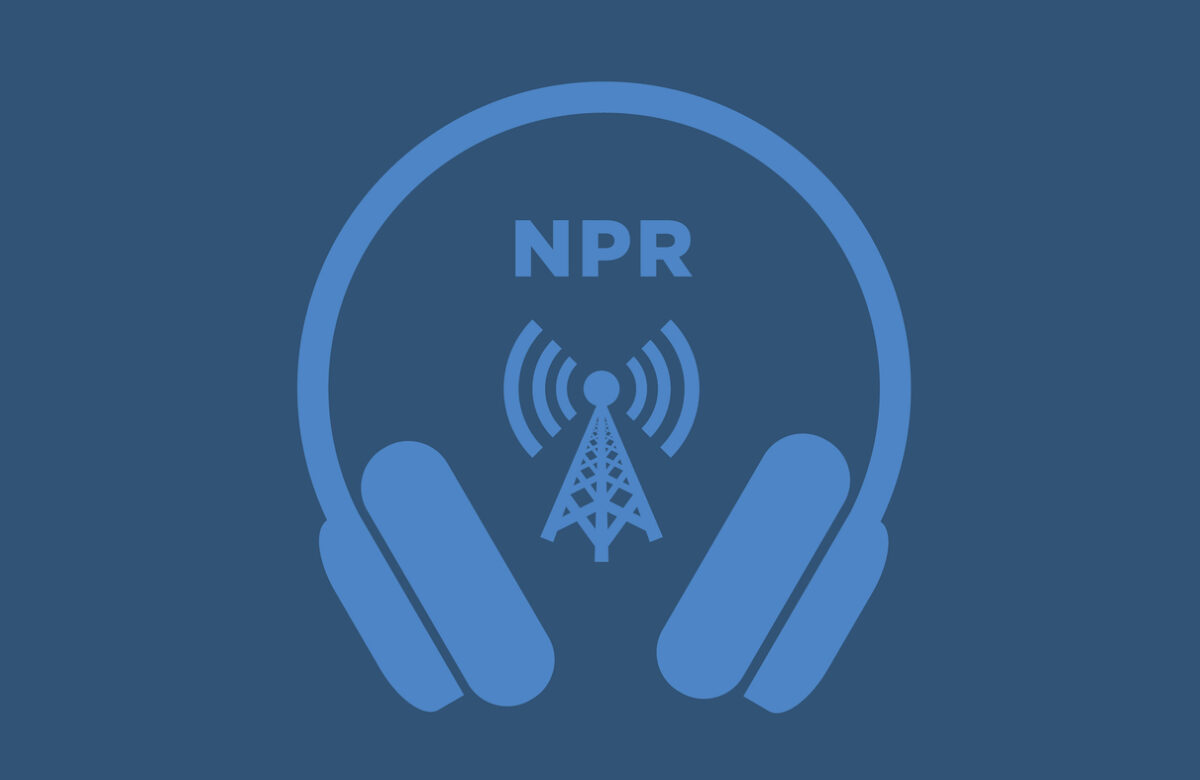
SpaceX likely to get new Starship test license quickly, experts say
- Science
- November 22, 2023
- No Comment
- 186
Starship’s most recent flight on Saturday also ended in an explosion. But there is reason to believe it won’t have to wait seven months before it is permitted to again test the vehicle NASA is counting on to return its astronauts to the surface of the moon under its Artemis program, according to industry and former FAA officials.
After the flight, SpaceX founder and CEO Elon Musk wrote on X that the rocket, which is composed of the Super Heavy booster and the Starship spacecraft that sits atop it, “should be ready to fly in 3 to 4 weeks.” The company has a fleet of vehicles rolling off the production line, including “three ships in final production,” he wrote.
Perhaps just as important: The test flight on Saturday from SpaceX’s facility in South Texas showed significant improvements over the first one in April. In the months after that flight, SpaceX installed a water suppression system designed to preserve the pad by dampening vibrations from the booster’s 33 Raptor engines. It seemed to work, and after Saturday’s flight, Musk wrote that he had “inspected the Starship launchpad, and it is in great condition! No refurbishment needed to the water-cooled steel plate for next launch.”
The flight also went much better. The spacecraft reached space this time, flying to an altitude of 93 miles, well above the 24 miles it hit last time. All 33 of the booster’s engines ignited; last time six failed. It made it through the point where the booster and spacecraft separate, which it did not last time. And the onboard flight termination system, designed to destroy the rocket if it veers off course, appears to have worked in a timely manner. Last time, there was a delay of about 40 seconds.
For all those reasons, “the situation is much more promising,” said George Nield, the former head of the FAA’s Office of Commercial Space Transportation. The question now is: “Did we learn whether something needs to be changed, fixed, replaced or modified?” he said. “And do any of those things have to do with public safety?”
But the FAA also is stretched thin, which could add to a delay, he said, as the commercial space industry continues to grow and put demands on the agency it didn’t have just a few years ago. And there is always the possibility that the investigation could reveal bigger problems, which could force SpaceX and the FAA to take more time.
Wayne Monteith, who also served as the head of the Office of Commercial Space Transportation, agreed that it would likely be a relatively quick review, saying it could be “weeks, not months, depending on what the data shows” before SpaceX can fly Starship again.
If SpaceX is able to quickly determine what triggered the flight termination system, which destroyed the second stage spacecraft after it separated from the booster, as well as confirm that the debris fell where it was expected to in the case of a failure “this should be relatively straight forward,” Monteith said.
It would also have to determine what caused the booster to explode after it had separated and begun orienting itself to fall back through the atmosphere to earth.
It will be up to SpaceX to submit a report, detailing what caused the flight to fail and what changes it plans to make for the next flight.
“Before authorizing a third Starship/Super Heavy launch, SpaceX must obtain a modified license from the FAA that addresses safety, environmental and other regulatory requirements,” the FAA said in a statement to The Washington Post. “As part of the licensing process, the FAA will review all new information submitted by SpaceX, including environmental concerns.”
SpaceX has a lot of experience working with the FAA and moving fast to get back to the launchpad. After it lost a Falcon 9 rocket on a cargo resupply mission to the International Space Station for NASA in 2015, SpaceX flew six months later — and pulled off the first landing of its booster.
During an earlier testing campaign of Starship, SpaceX lost a series of prototypes that collapsed, exploded or crashed and then exploded but was able to discover the problems, fix them and return to testing. It hopes to do the same with the fully integrated Starship system now.
“With a test like this, success comes from what we learn,” SpaceX said in a statement after the most recent launch. “And this flight will help us improve Starship’s reliability as SpaceX seeks to make life multiplanetary. Data review is ongoing as we look for improvements to make for the next flight.”
It added that “the flight test’s conclusion came when telemetry was lost near the end of second stage burn before engine cutoff after more than eight minutes of flight. The team verified a safe command destruct was appropriately triggered based on available vehicle performance data.”
SpaceX has not said what caused the explosion of the booster, or why the second-stage self-destruct mechanism was triggered.
SpaceX is not the only one eager to get back to testing. NASA is investing $4 billion in the vehicle and has hired SpaceX to use it to ferry its astronauts to and from the lunar surface in the first landings since the end of the Apollo era in 1972. NASA is hoping the first Artemis landing with astronauts on board will happen by 2025 or 2026, but the timeline largely depends on Starship. The rocket and spacecraft will have to fly many times to prove its reliability. It also needs to be refueled in orbit before going to the moon, a difficult feat that has never been accomplished before.
“I would hope the Biden administration takes note of what is at stake here and push the FAA to not drag its feet with the next launch license,” said Todd Harrison, a nonresident senior associate at the Center for Strategic and International Studies, a Washington think tank. “NASA’s Artemis program is critically dependent on Starship’s development, as is the commercial space sector that would benefit greatly from the significant drop in launch costs Starship will bring.”
Still, there is likely to be more tension between SpaceX, the hard-charging commercial company, and the federal government, which is often layered in red tape, he said.
“SpaceX tends to expect government approval will follow logical and efficient timelines,” Harrison said. “But government bureaucracy is anything but logical and efficient.”
#SpaceX #Starship #test #license #quickly #experts









